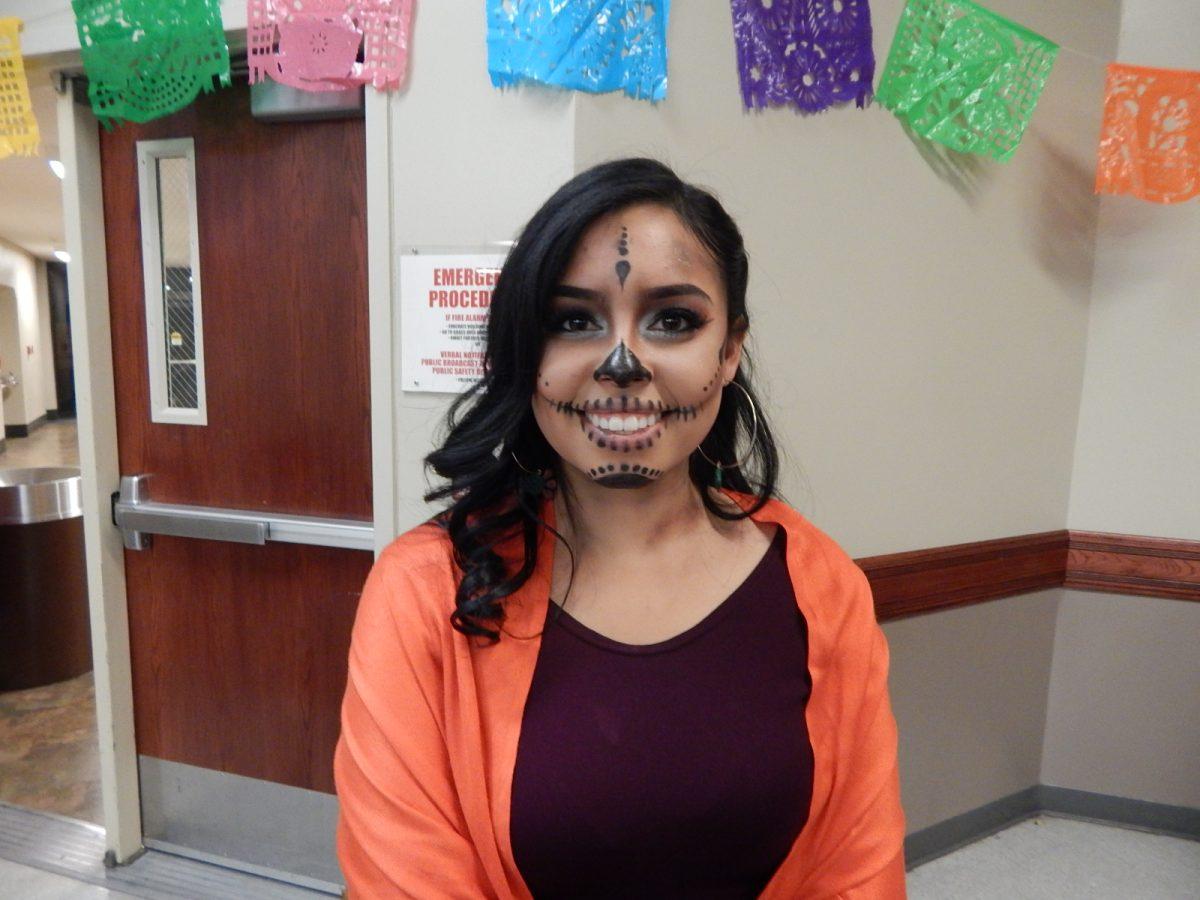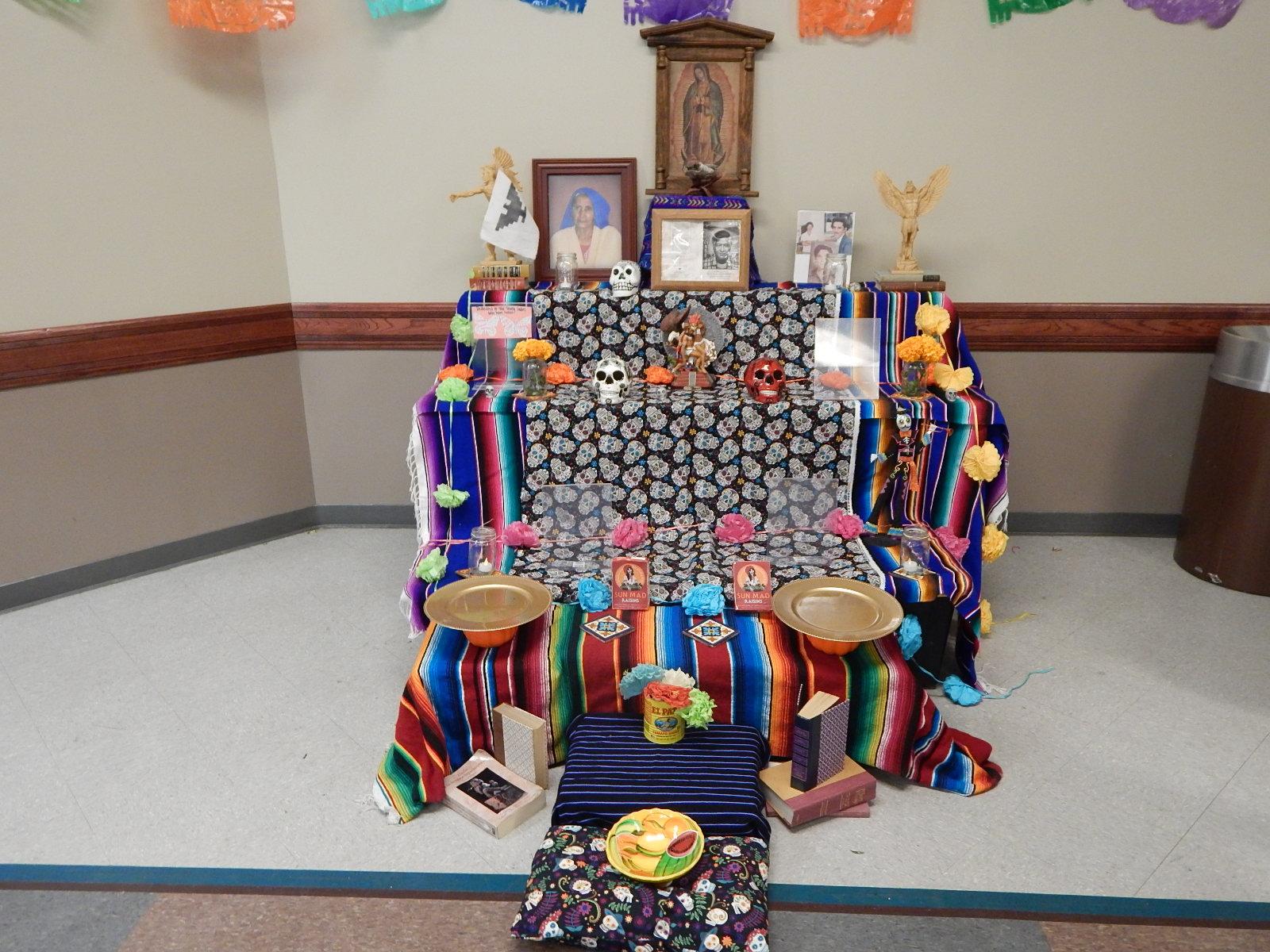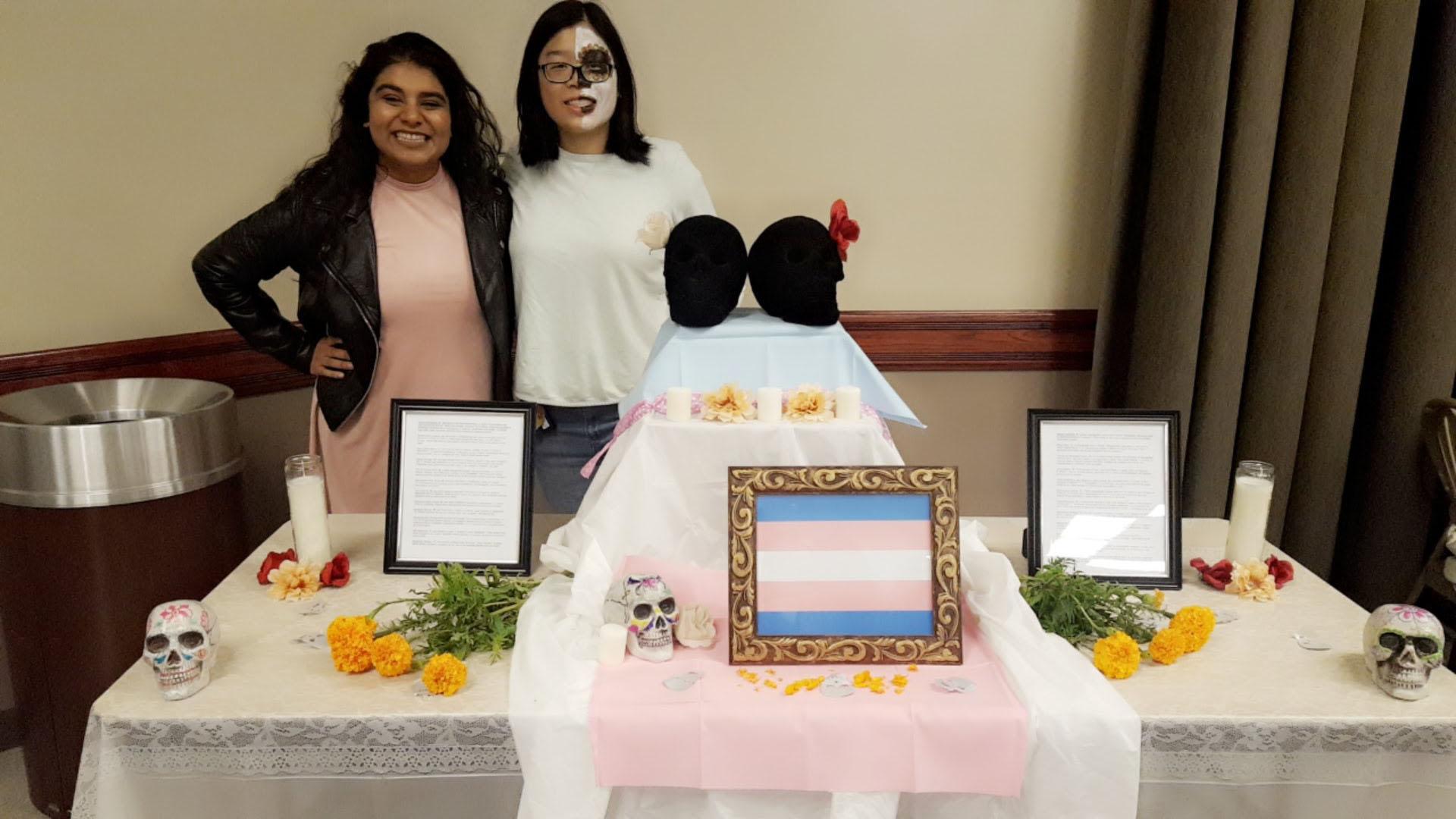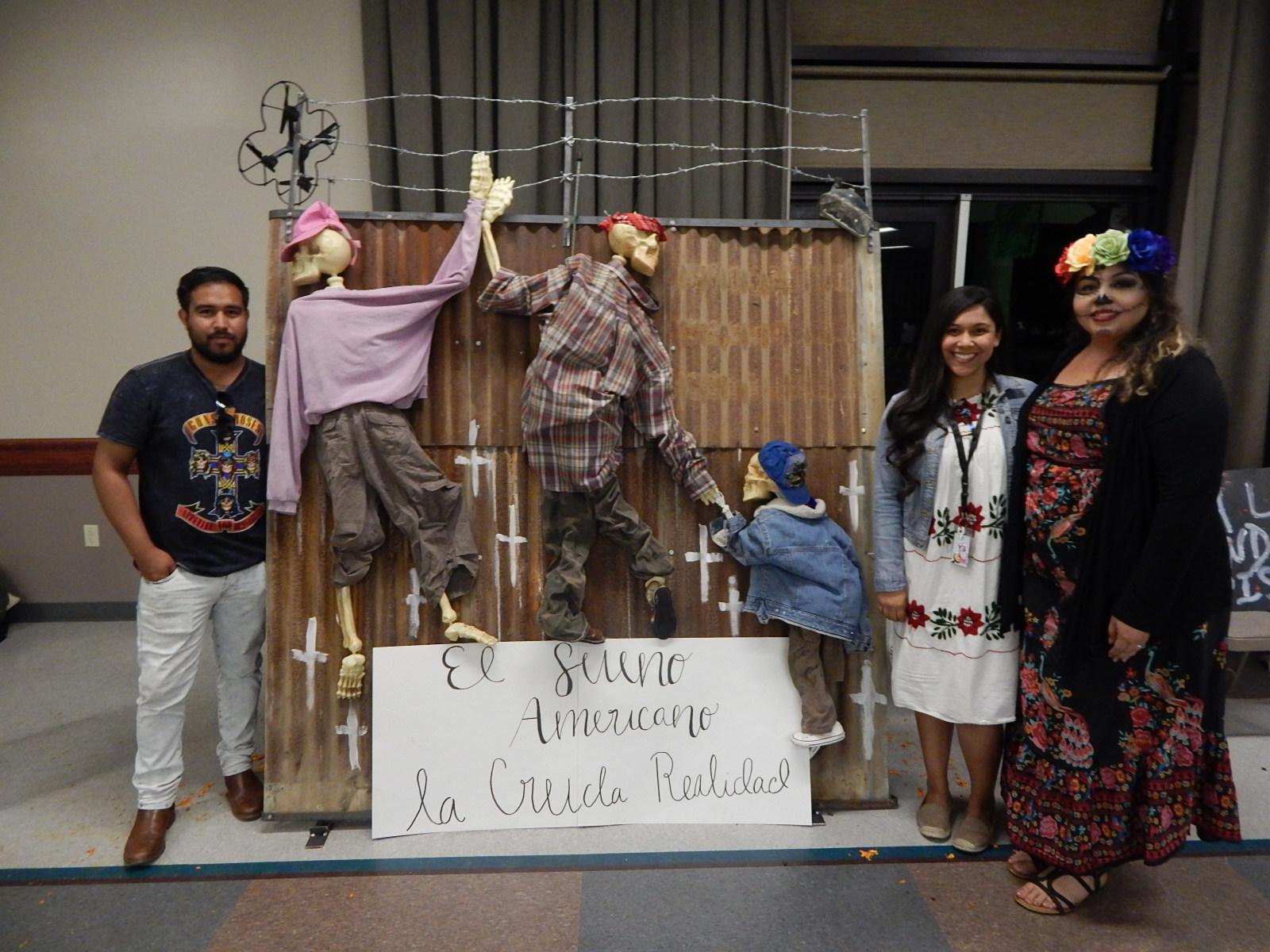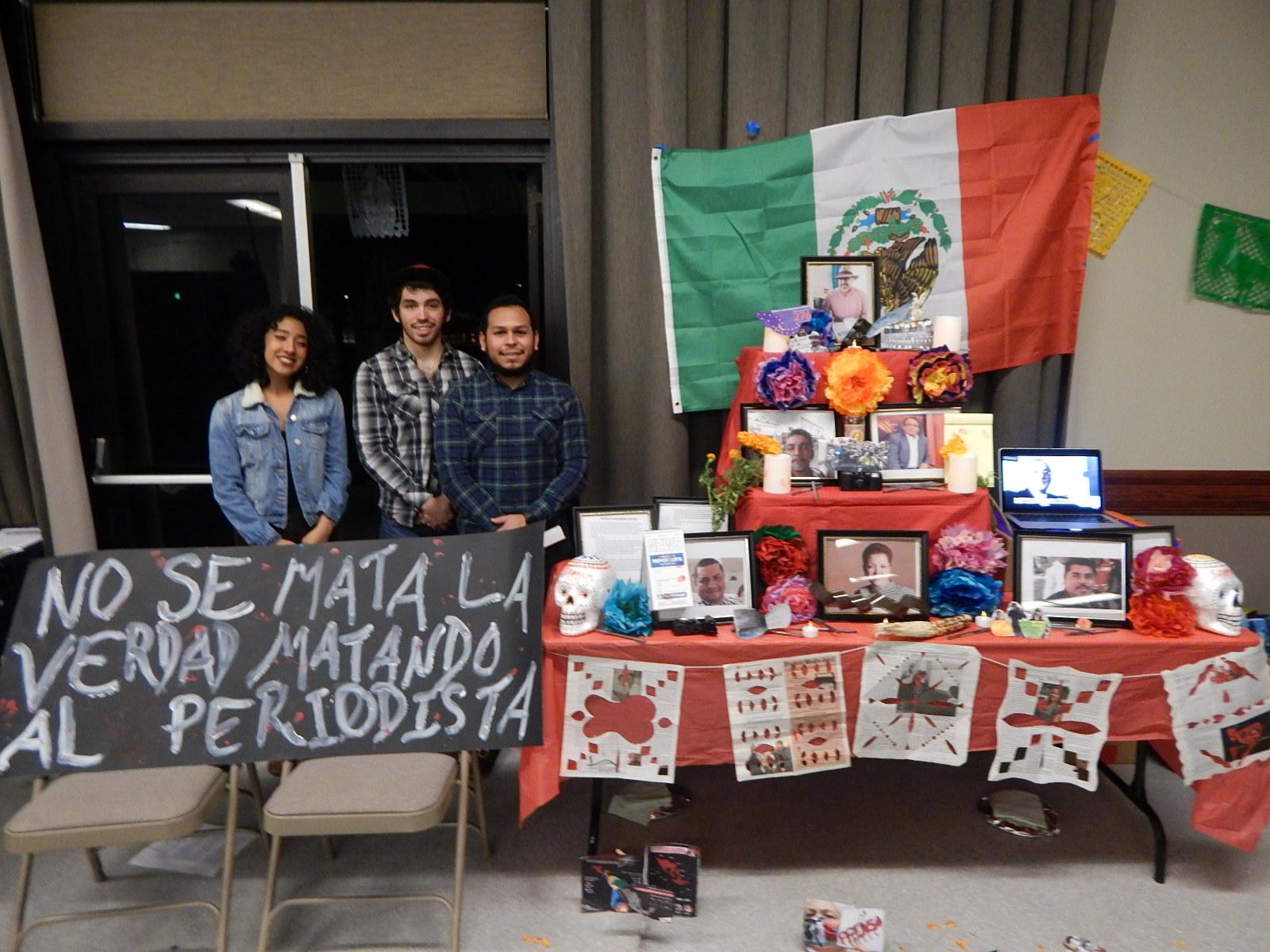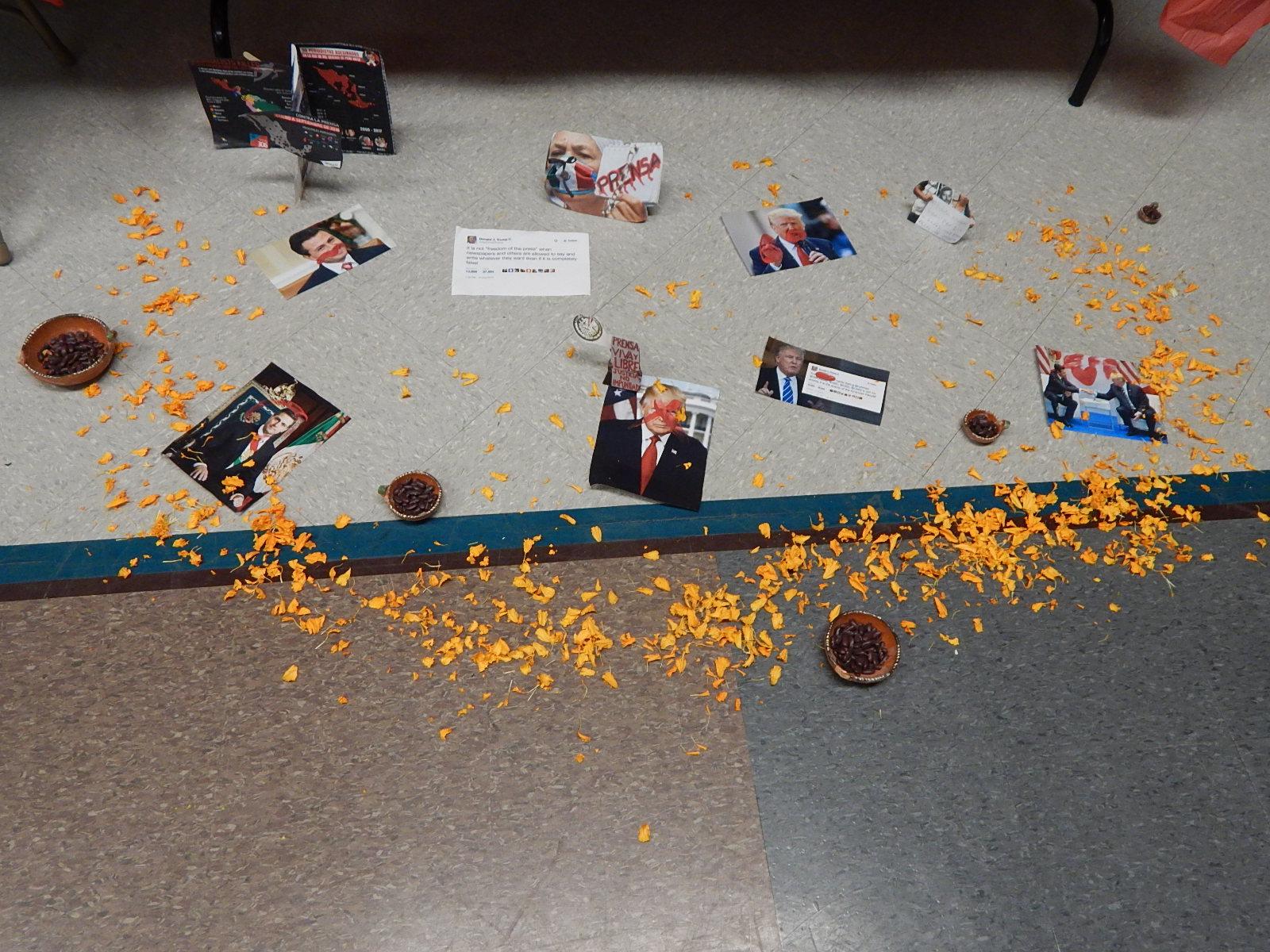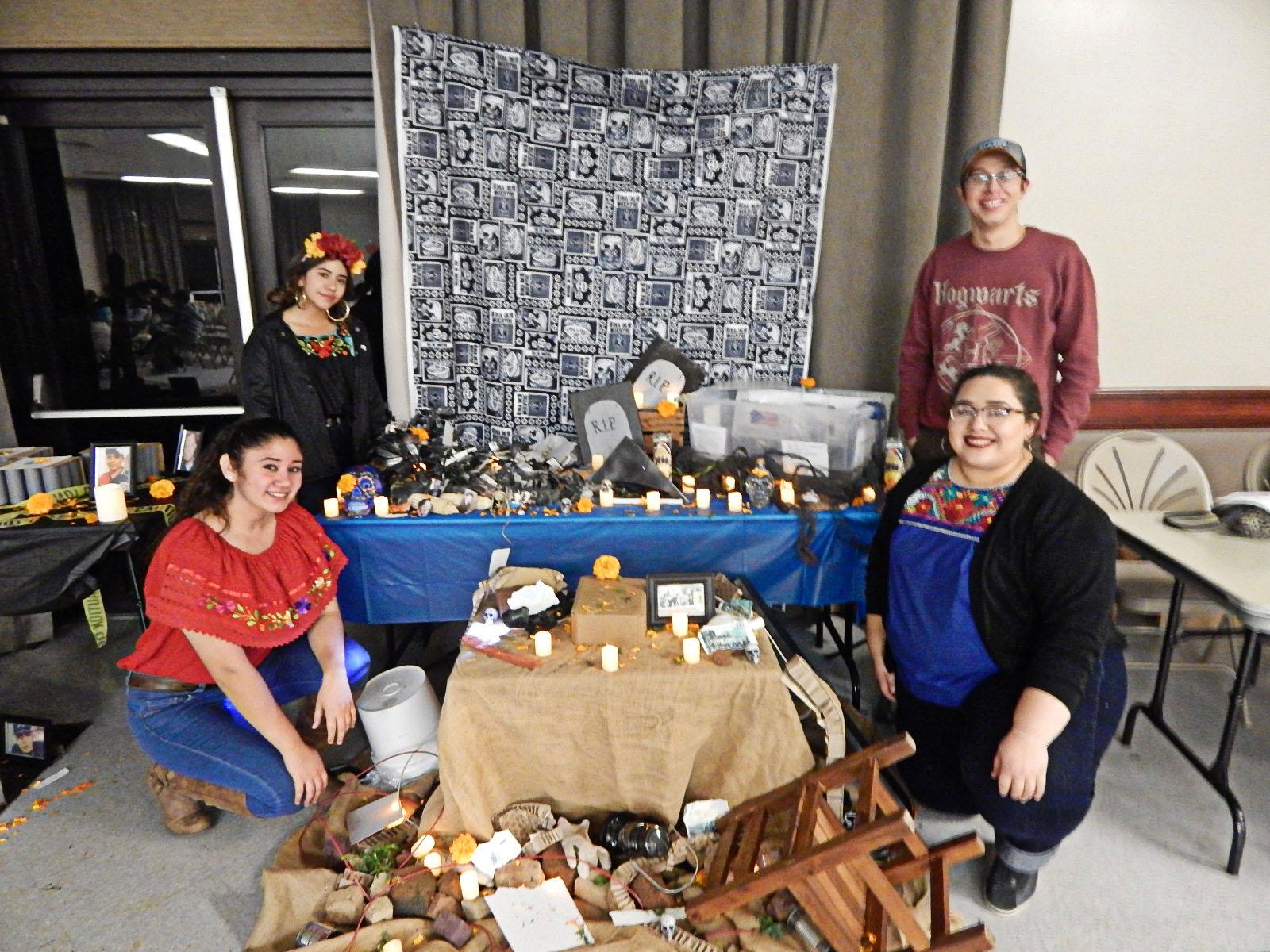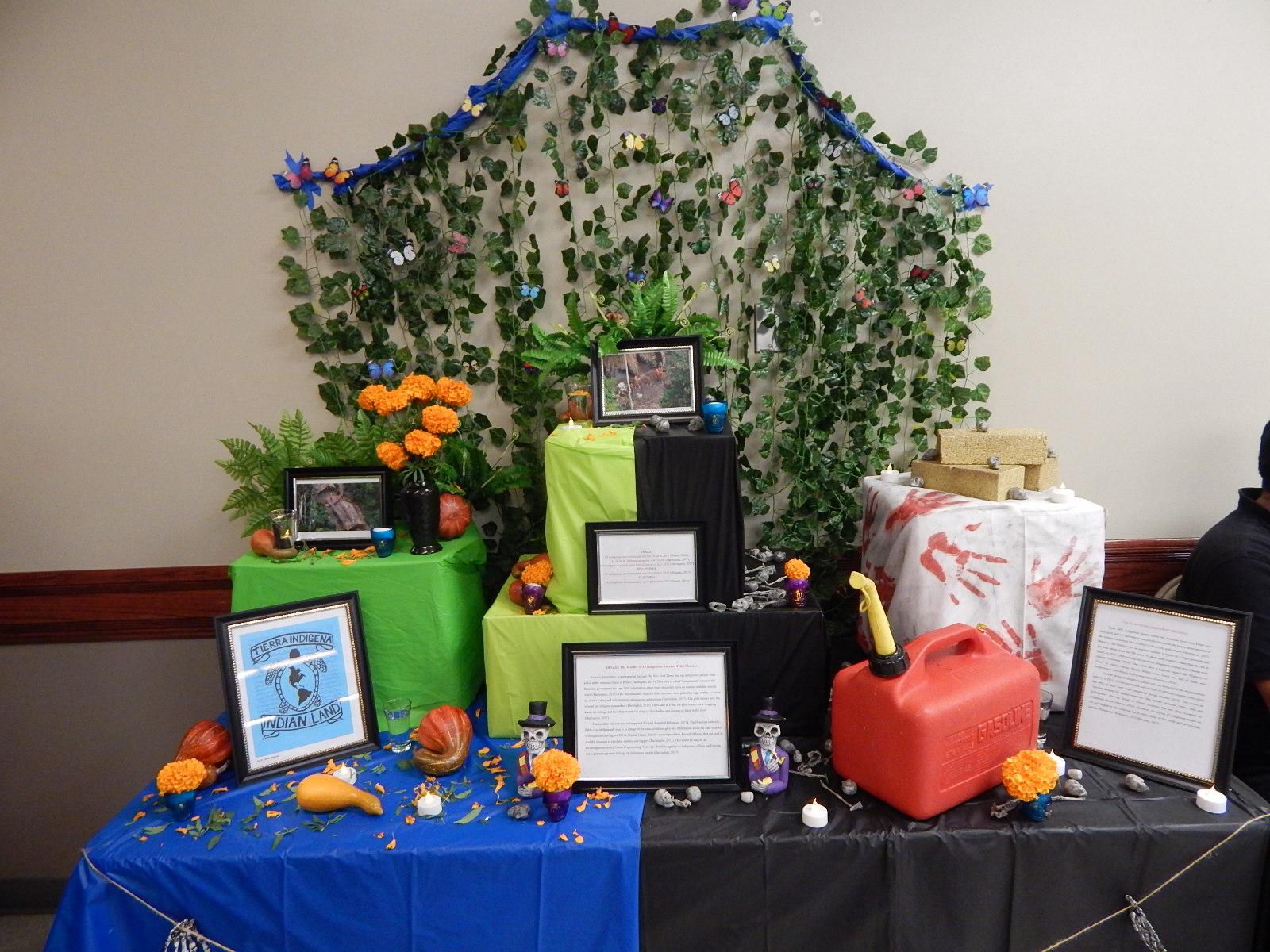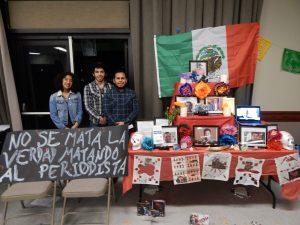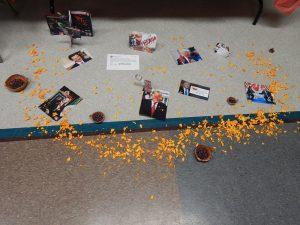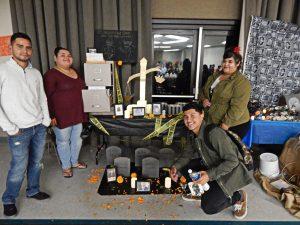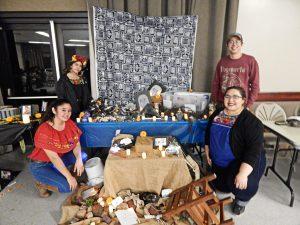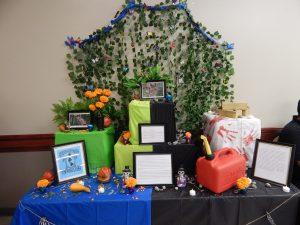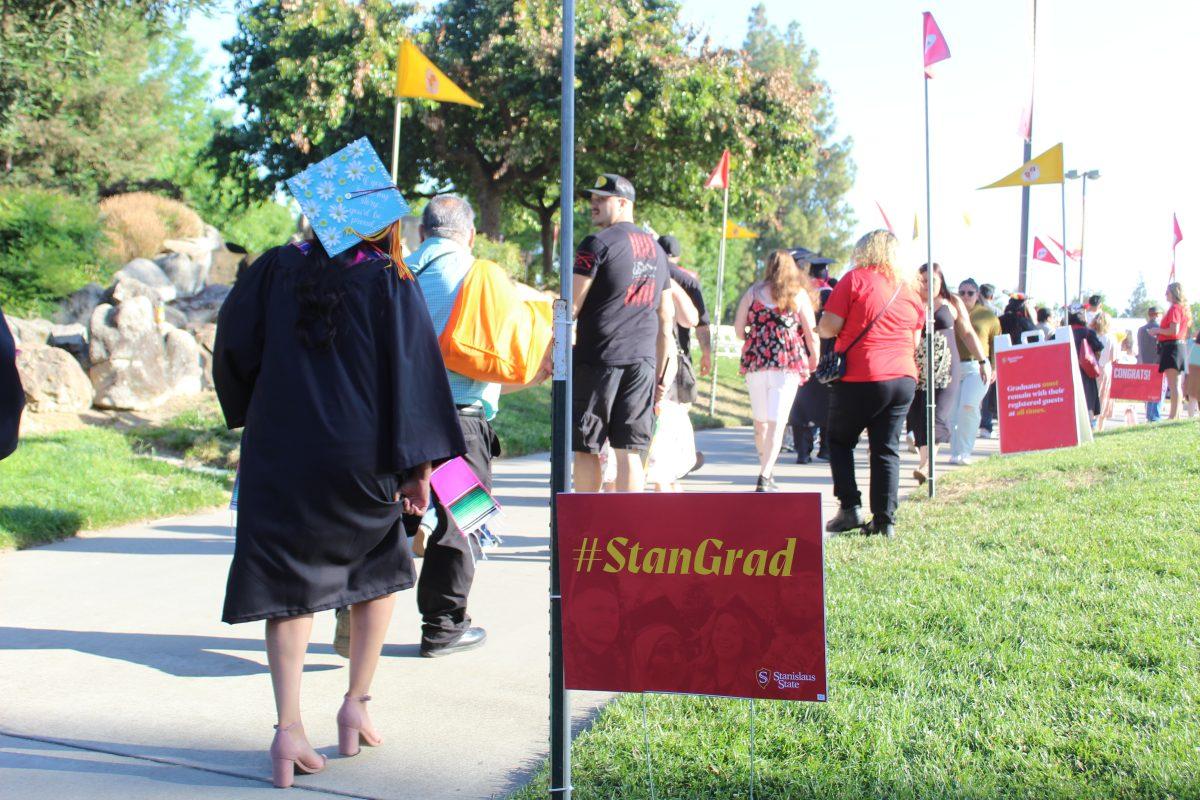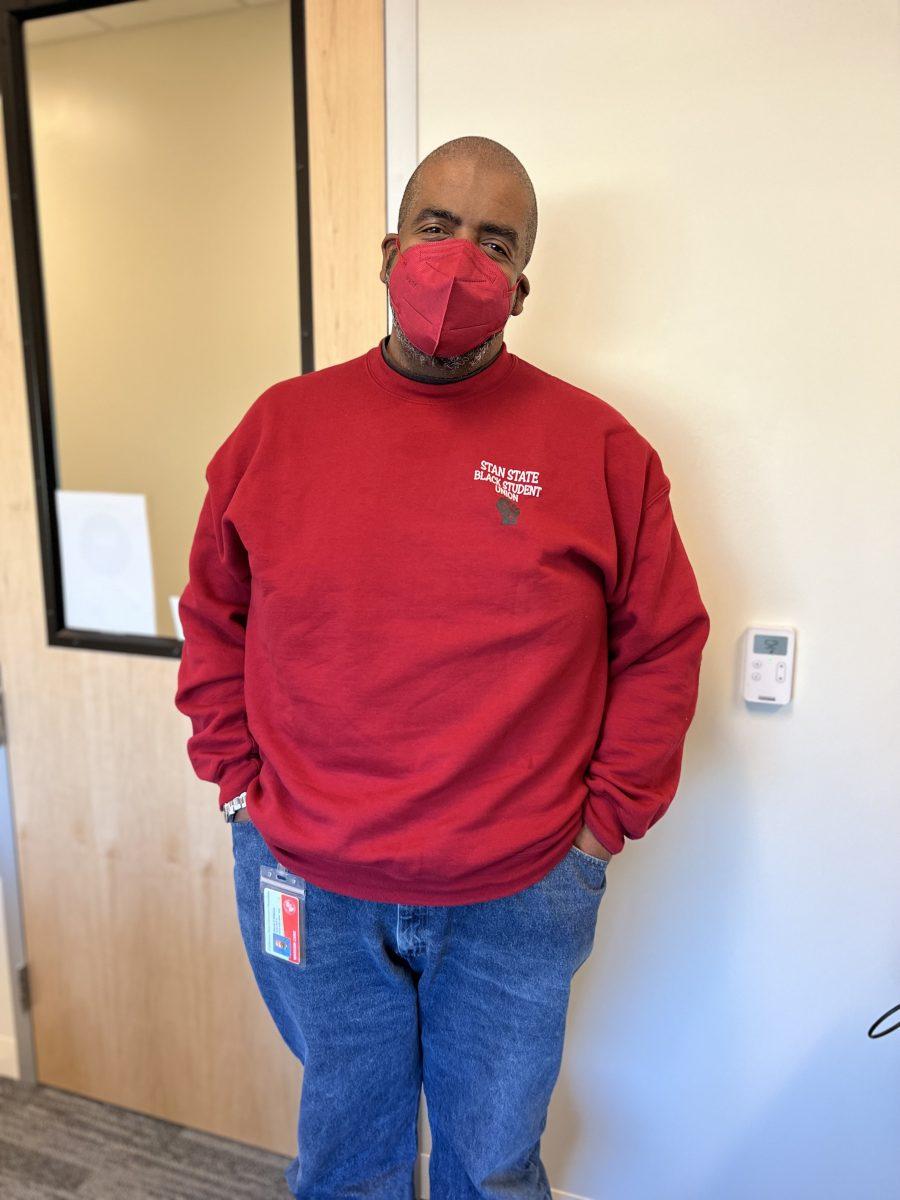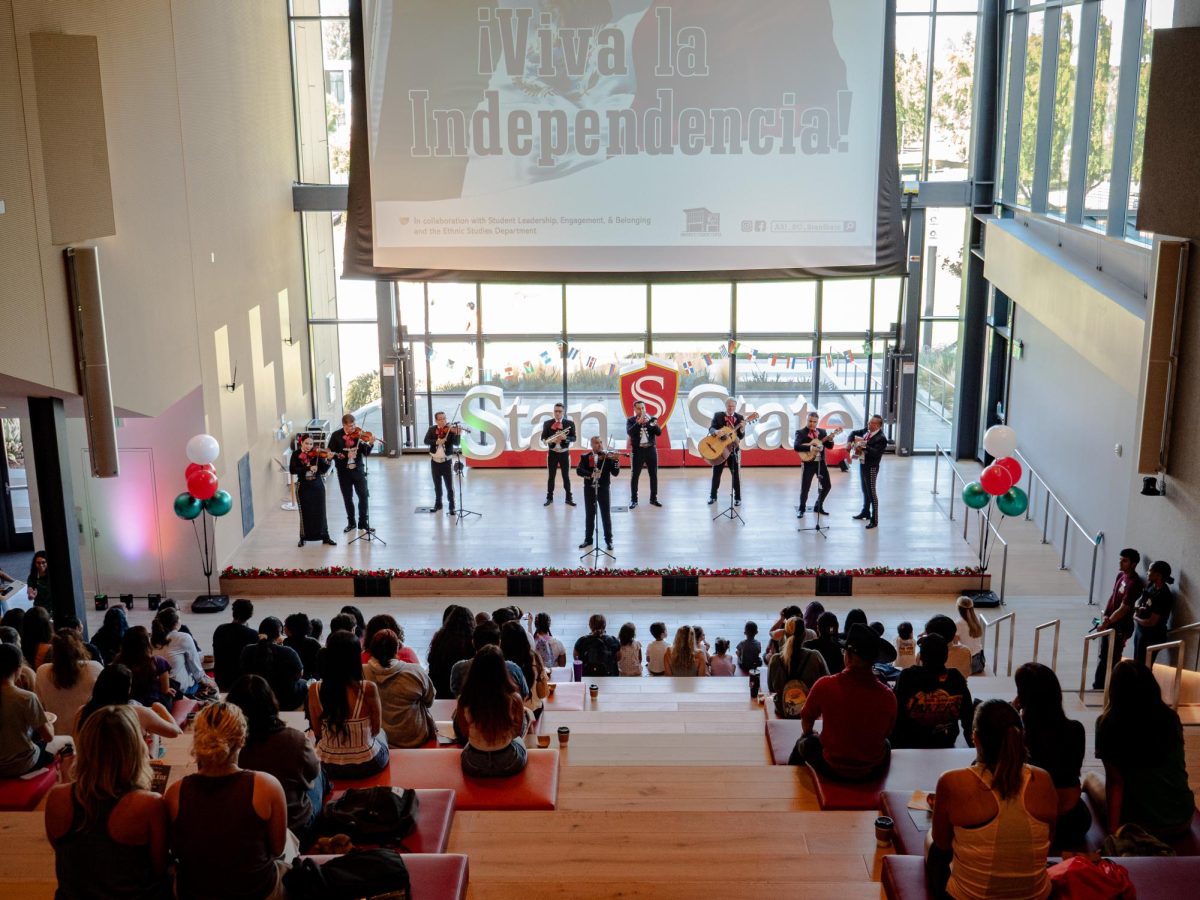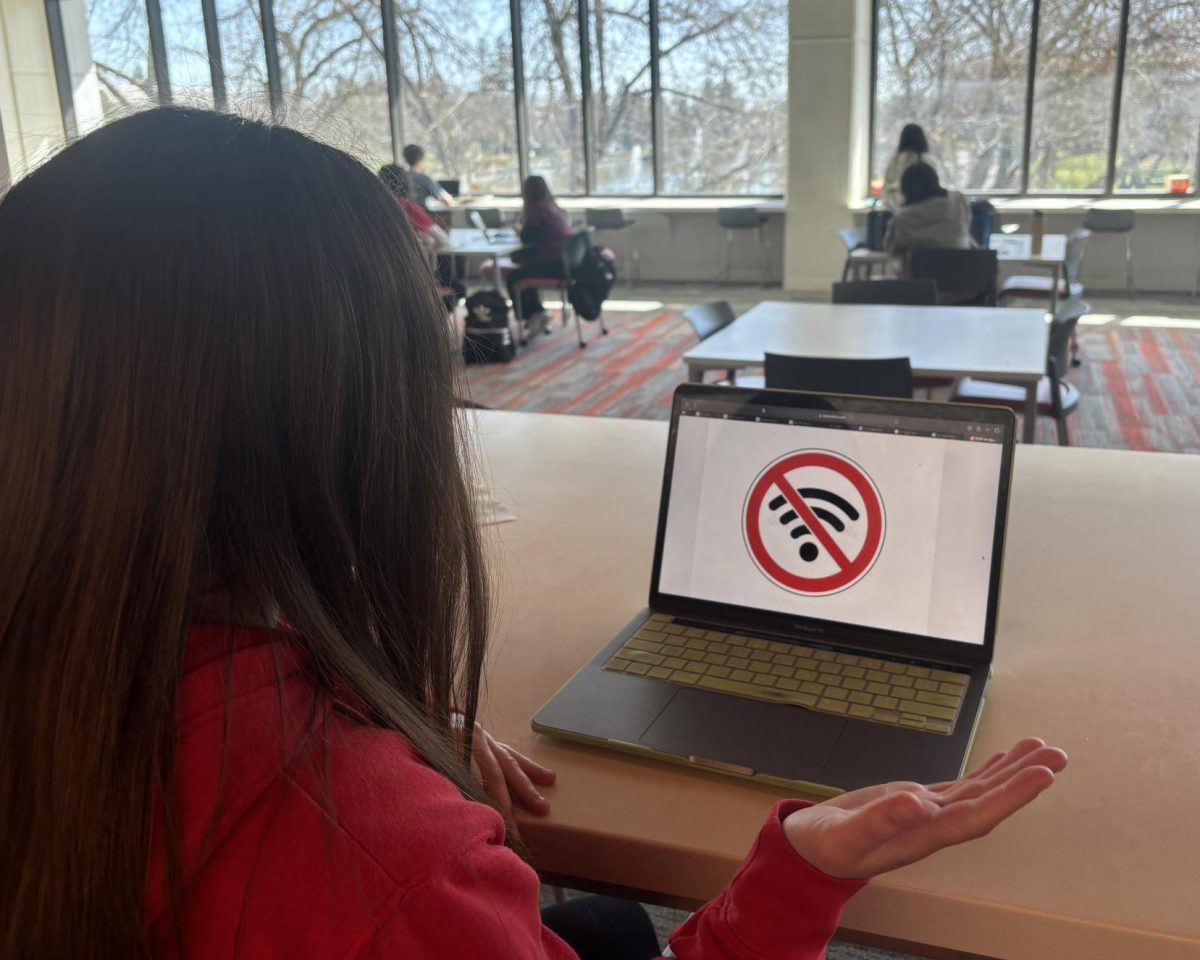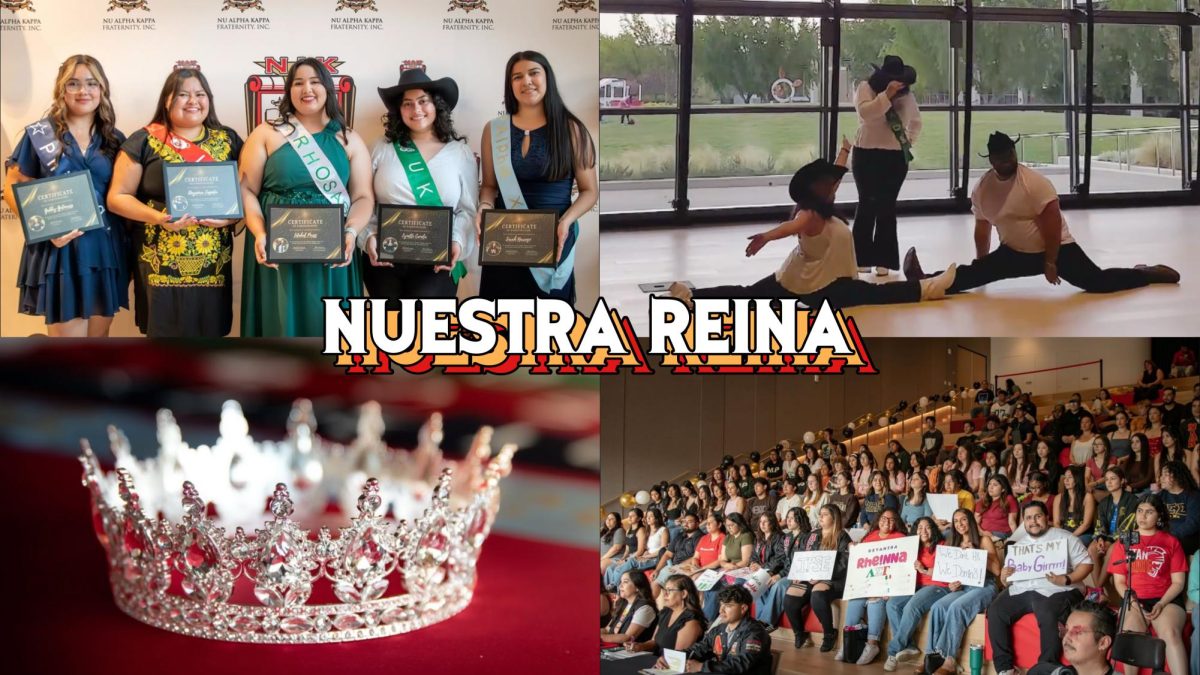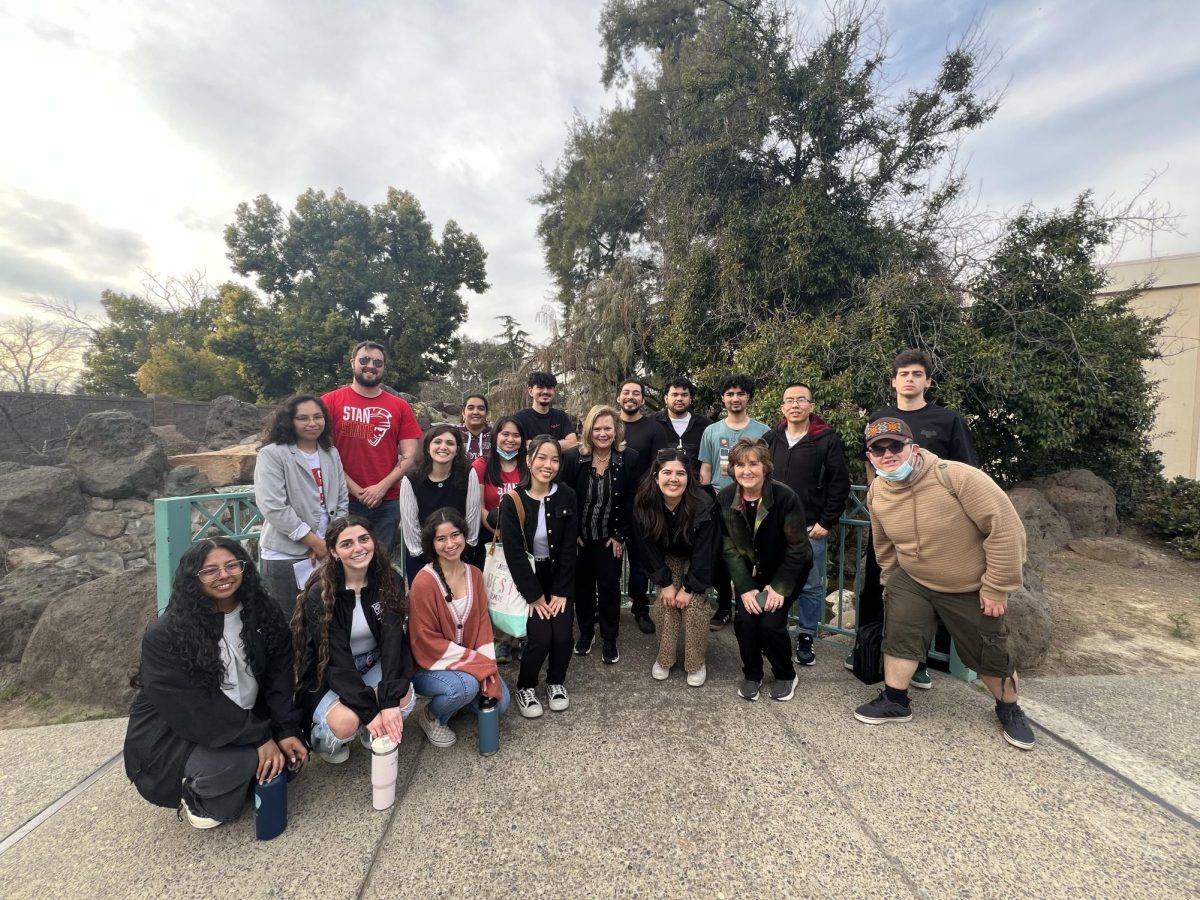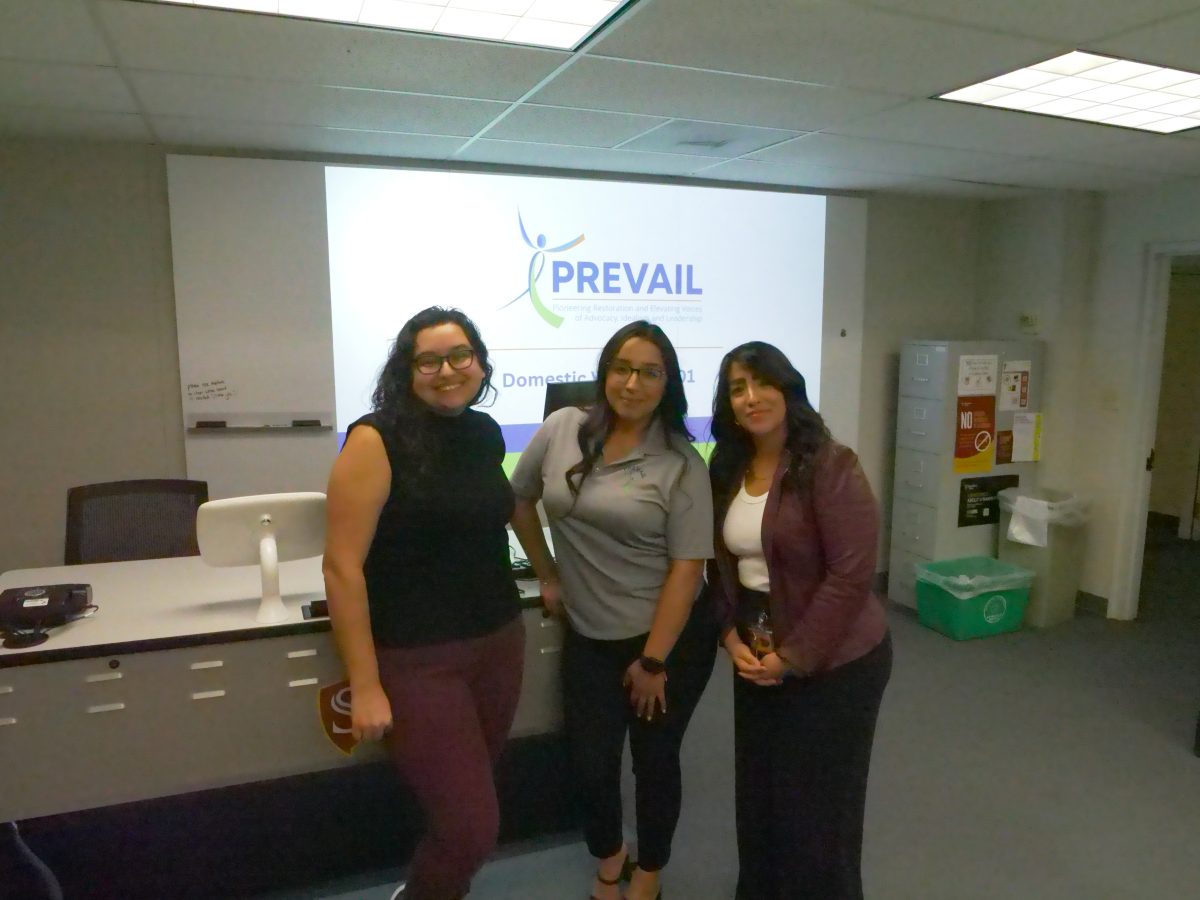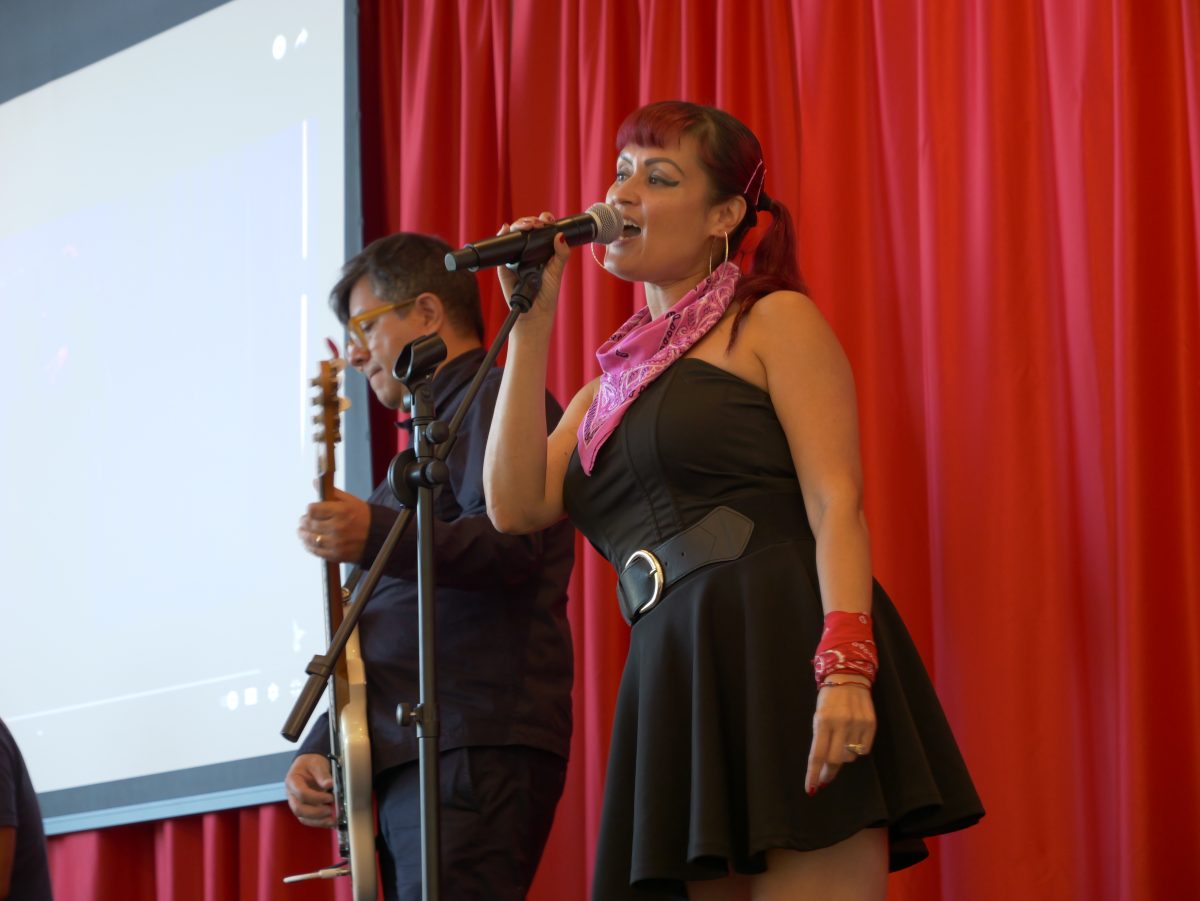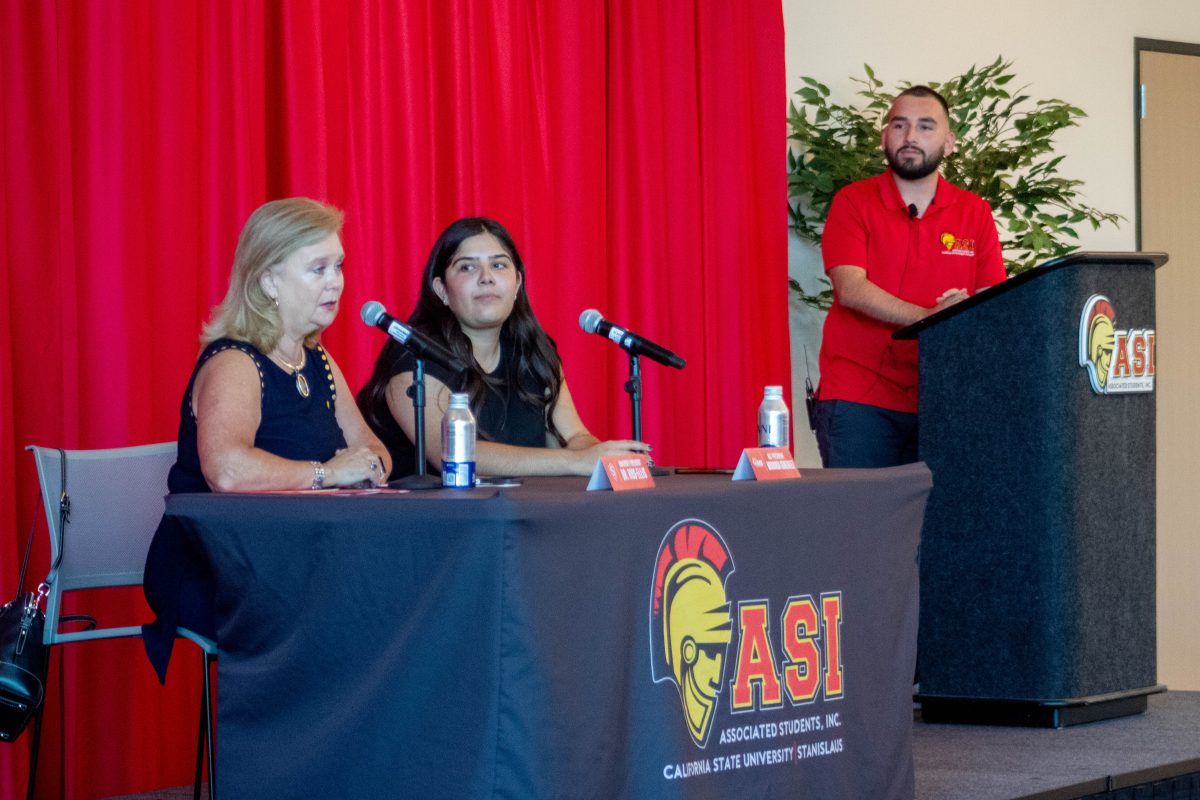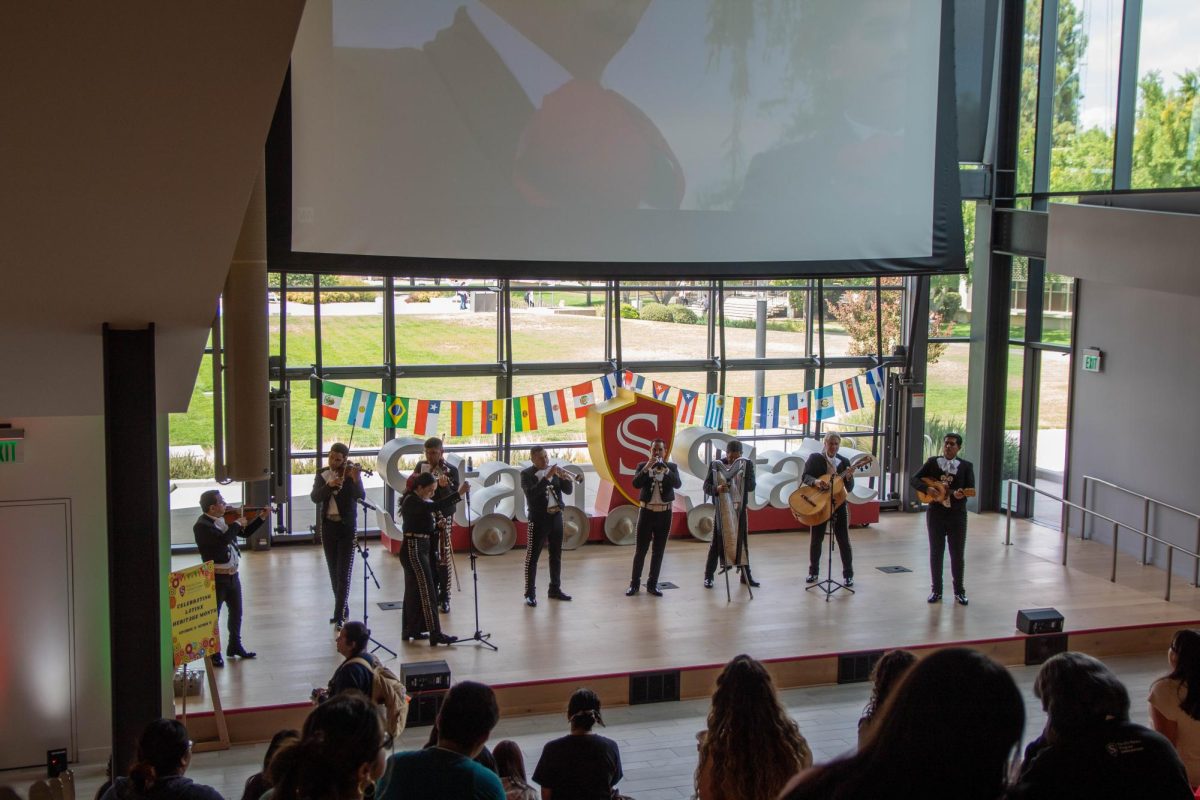This past Thursday, the Ethnic Studies Department of California State University, Stanislaus (Stan State), held its 3rd annual Día de los muertos (Day of the Dead) celebration, which was held in the Event Center.
The celebration began with Ethnic Studies professor Dr. Xamuel Bañales explaining the historical context of such celebration.
According to Dr. Bañales, said day is the celebration of life and respecting the people that have passed away; also, the celebration should not be thought of the “Mexican Halloween” or about sorrow.
“It is an opportunity to honor our ancestors as a dignified, cultural, spiritual way,” Bañales added. “It is also a way to talk about the injustices in our community”.
The celebration, in fact, lasts a week’s long, starting from Oct. 28 and ending on Nov 2.
On Oct. 28 altars are made, while the 29th commemorates those who have died tragically, then the 30th-31st is to remember those who died immediately at birth. Moreover, Nov. 1 is dedicated to All Saints Day, while Nov. 2 is to honor all of the dead.
After Dr. Bañales finished his presentation about Day of the Dead, seven groups explained their altar that they had built.
The altars created by the seven groups of students focused on social injustices within various communities: the LGBTQ+ community, immigrants crossing the Mexican-American border, Mexican journalists killed in Mexico, police brutality, the natural disasters that occurred in Texas, Mexico and Puerto Rico and lastly, anti-indigenous violence.
Altars are created for this holiday because it is a way that family members, or other individuals, can be remembered through colorful decorations and other favorite foods and objects.
An altar has five distinct characteristics which are: marigolds, a pathway, candles, ofrendas (offerings) and food.
“The marigolds are used to lure the spirit, the pathway is used to guide the spirit, candles are used to help the spirit find their way back and the ofrendas (offerings) are fruits, flowers, beans, corn and water,” Dr. Bañales explained.
Janneth Rodriguez (senior, Psychology) created the community altar for event goers that wanted to celebrate the lives of their loved ones who have passed away.
“We wanted to have an open space for any members of the community, or students that came to the event to put a picture of their loved ones,” Rodriguez said.
Rodriguez added that constructing the altars is her favorite part of the celebration.
“I think lighting the sage and putting the little knick knacks, because each altar honors somebody, and putting the things that they would love is fun because that is what connects us as humans and it reminds us of our ancestors and continues their legacy,” Rodriguez expressed.
Jesús Alvarado (senior, Spanish) and his group constructed an altar for honoring Mexican reporters who have been killed in Mexico for speaking out against the corrupt government and drug traffickers in the country.
“The upside down flag represents grievances against the Mexican government and how reporters are being abducted and tortured for reporting on the news,” Alvarado explained on the significance of the upside down Mexican flag in the altar.
This was also the first time Alexandra Agoh (junior, Psychology) attended this event and she was able to understand a tradition she was unfamiliar with.
“This is a great way to honor the people that have passed away,” said Agoh. “It also shows death in a positive light”.
After the groups presented their altars, the event finished with the Ethnic Studies Department offering tamales, sweet bread and champurrado (a thick cinnamon drink).
Dr. Bañales finished the celebration encouraging the people of the community, as well as the Stan State community, to being open in celebrating such traditions and to help one another out so that celebrations that reflect Stan State’s population can be celebrated perhaps in the downtown area of Turlock, that way everyone can be exposed to different cultures.

